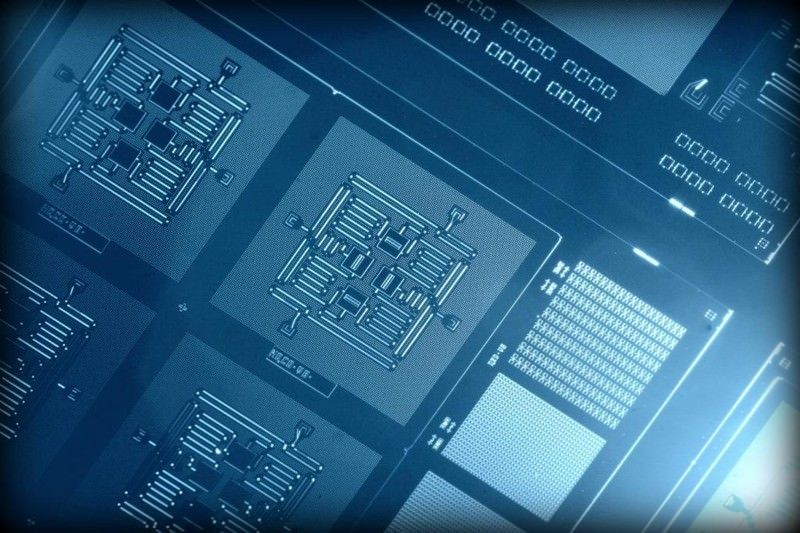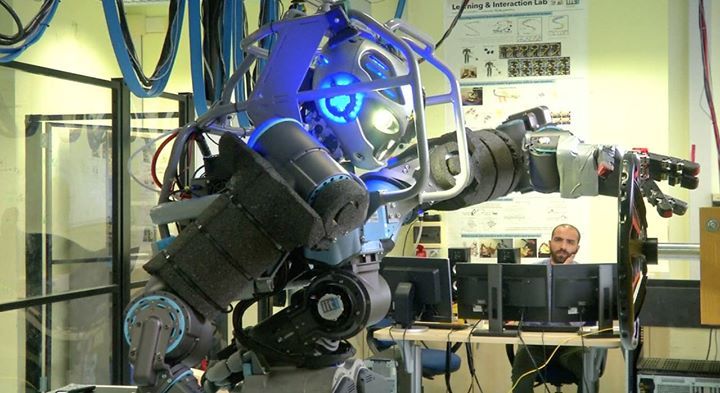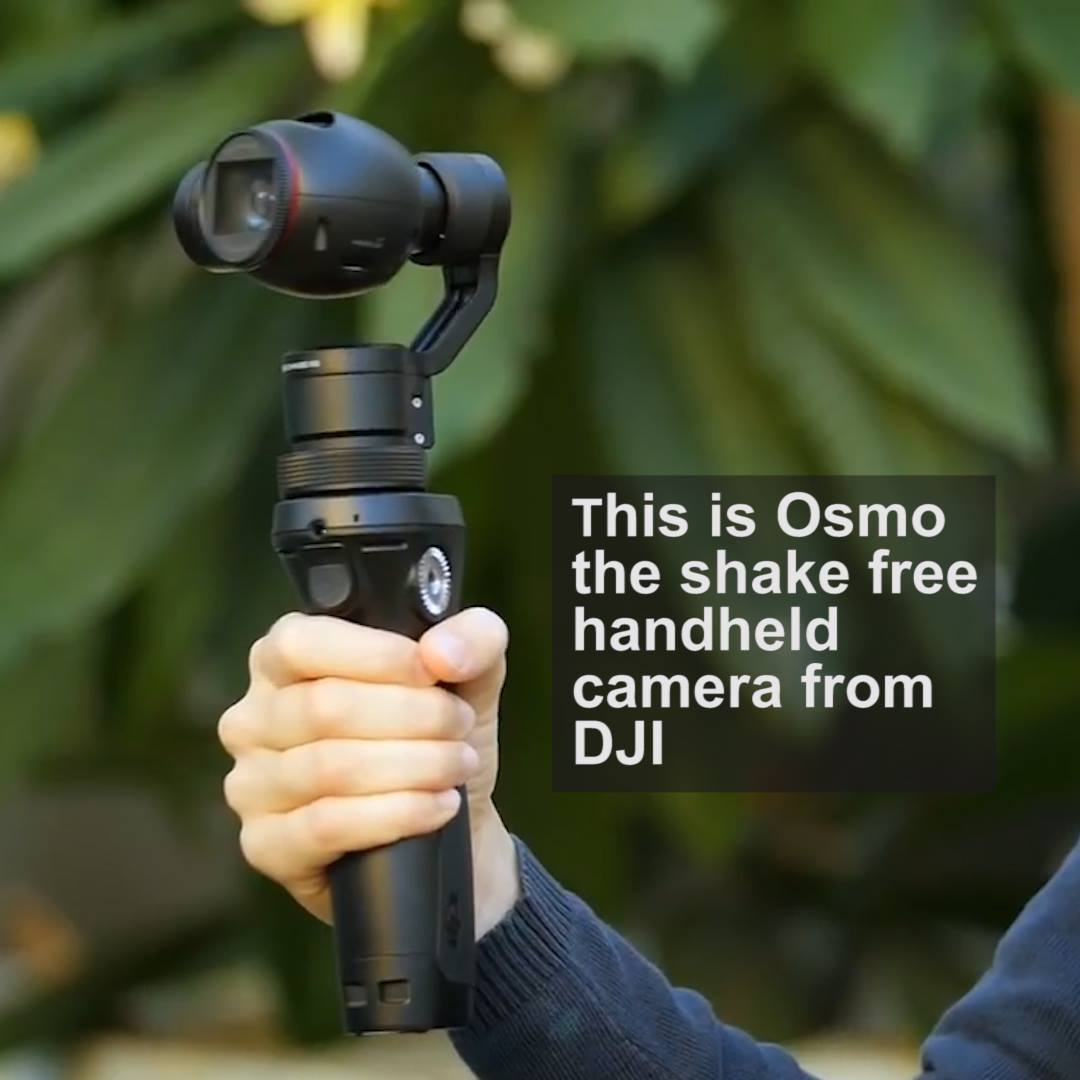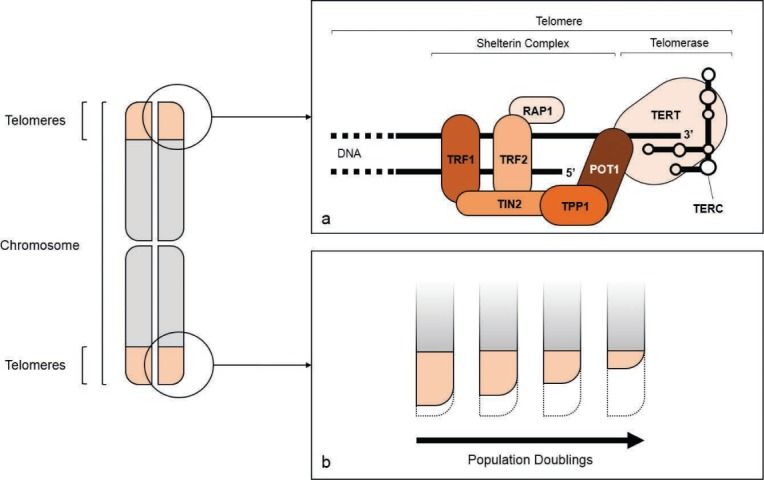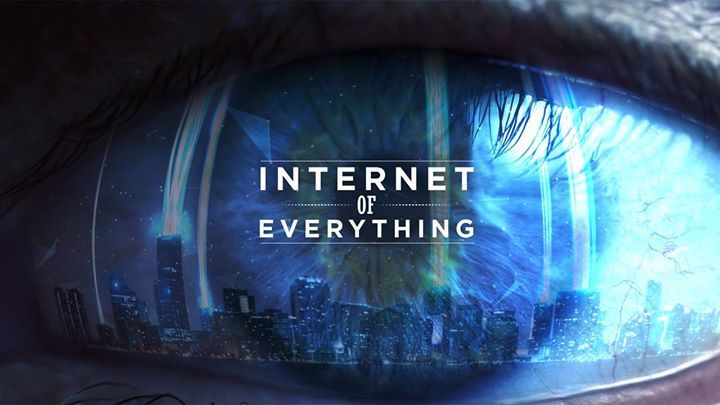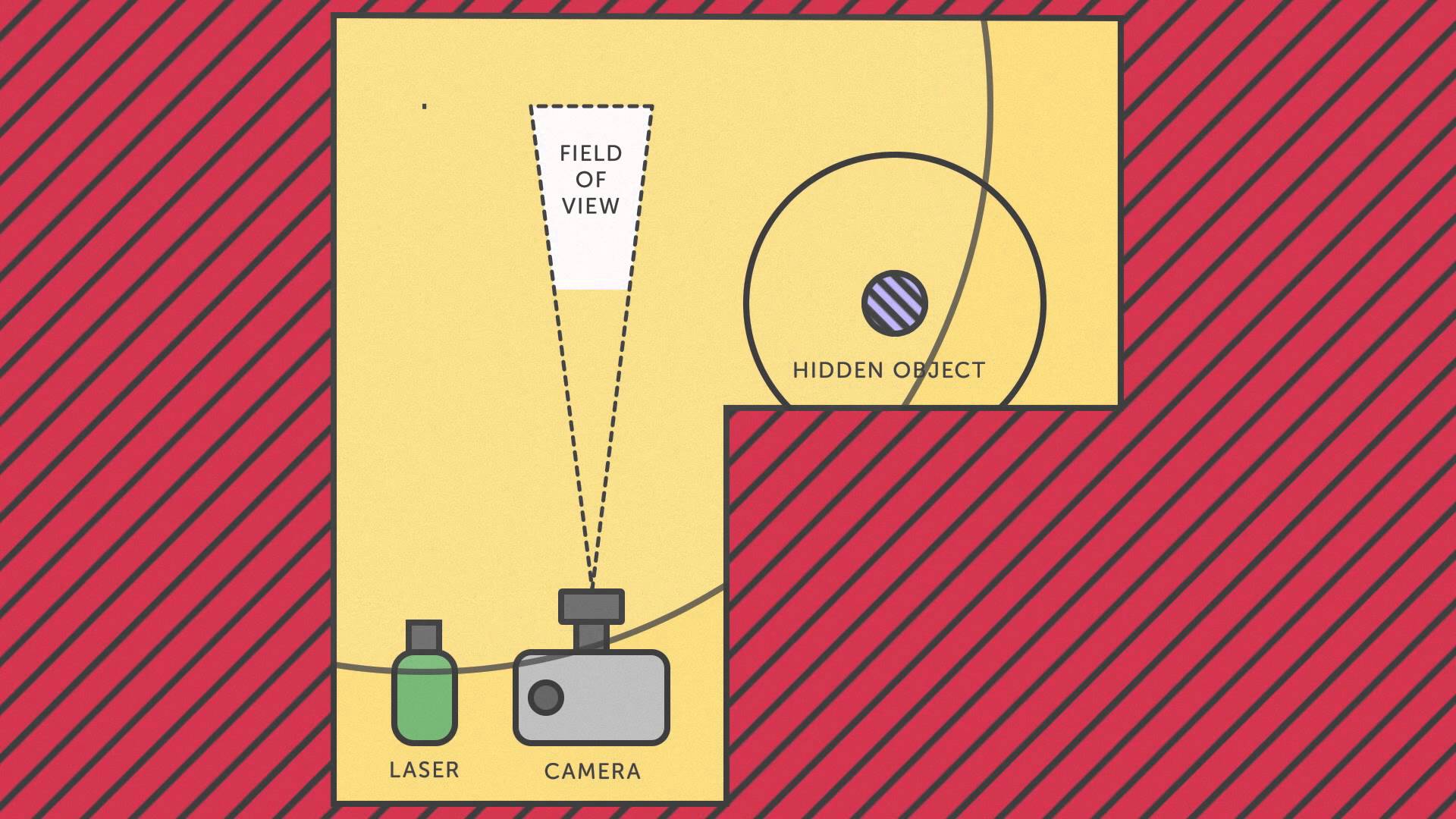Dec 8, 2015
IBM to develop hardware to wipe out errors in quantum computing
Posted by Shailesh Prasad in categories: computing, quantum physics
(Image: IBM)
The race to build a full-blown quantum computer is heating up. Tech giant IBM has been working on error-correcting techniques for quantum hardware, and has now won funding from the US Intelligence Advanced Research Projects Activity (IARPA) to take it to the next level.
Quantum computers promise to vastly outperform normal PCs on certain problems. But efforts to build them have been hampered by the fragility of quantum bits, or qubits, as the systems used to store them are easily affected by heat and electromagnetic radiation. IBM is one of a number of companies and research teams developing error-correcting techniques to iron out these instabilities.
